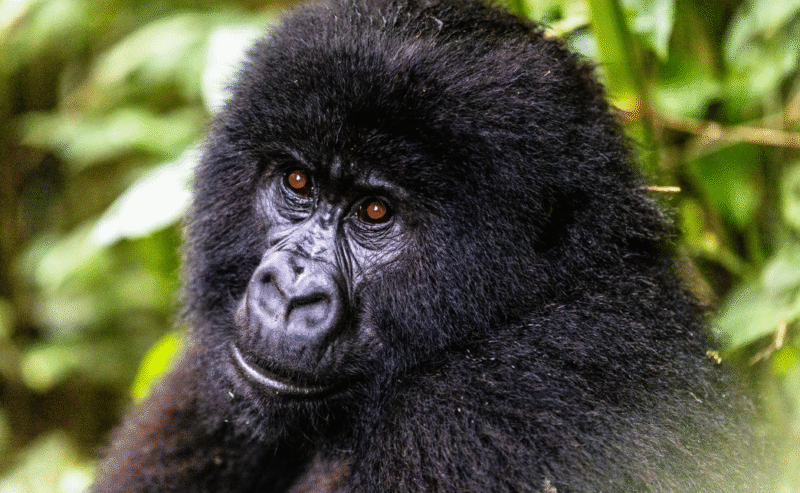
Support Virunga this Giving Season >
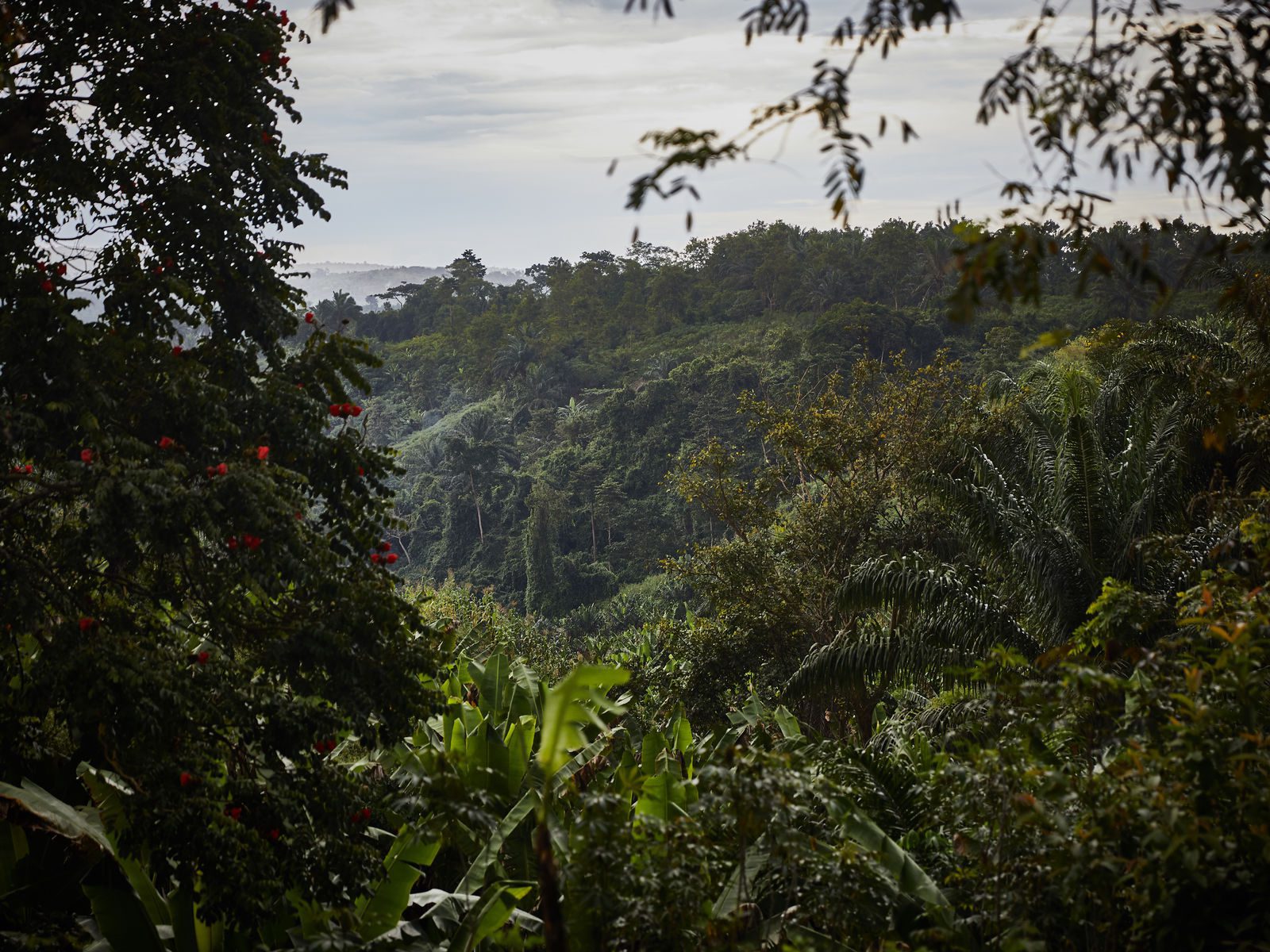
The Most Biologically Diverse Places on Earth
Only 6% of the world’s surface is covered by tropical rainforests, yet they contain more than half of all known plant and animal species. The Congo Basin, the home of Virunga National Park, has the largest area of tropical rainforest in all of Africa, allowing it to support the continent’s largest abundance of biodiversity.
Precipitation in tropical rainforests is distributed fairly evenly across the year, rather than the majority falling during a monsoon, for example. While Virunga National Park experiences a dry season from November to February, rainfall is still consistent enough for tropical rainforests to exist.
Tropical rainforests are characterized by high rainfall and temperatures that range between 20°C and 29°C (68°F – 84°F). The wettest tropical rainforests can see annual average rainfall of as much as 10,000 mm (120 in). The Congo Basin’s average annual rainfall is around 1,500 mm (60 in).
Several endemic and endangered species are adapted to live in Virunga’s tropical rainforests. Mountain gorillas inhabit the montane forests of Mt Mikeno, their thick fur protecting them from cool night-time temperatures; camouflaged okapi inhabit the Ituri rainforest, grazing on leaves, buds, twigs, and fruits; and forest elephants are suited to life in the forest by being smaller than their savanna cousins.
Situated in the Congo Basin, the largest area of tropical rainforest in Africa, the jungle areas of Virunga National Park are a haven for African biodiversity. They provide sanctuary to a huge quantity of bird, reptile, and amphibian species, as well as blue monkeys, black and white colobus monkeys, and one-third of the world’s mountain gorillas.
Most trees have shallow and far-reaching buttress roots, providing stability in shallow soils and allowing them to absorb nutrients from decomposing plant matter close to the surface. Assisting with the uptake of water and nutrients, as well as with disease resistance, networks of mycorrhizal fungus form mutually beneficial symbiotic relationships with trees in exchange for carbohydrates from photosynthesis.
Tropical rainforests have closed canopies and are characterized by large evergreen trees, flowering plants, and constant growth. They also contain an abundance of ferns, vines, mosses, liverworts, lichens, and algae, with new species of flora discovered each year. A diverse range of fungus species helps to recycle nutrients.
Boreal, temperate and tropical forests cover approximately one-third of the world’s surface, providing a constant supply of oxygen through photosynthesis and helping to regulate the Earth’s climate. Slow-growing boreal forests are found in the Northern Hemisphere, temperate forests in Eurasia and eastern North America, and the world’s tropical forests are all located close to the equator, a small proportion of which have sufficient temperatures and annual rainfall to be classed as tropical rainforests.
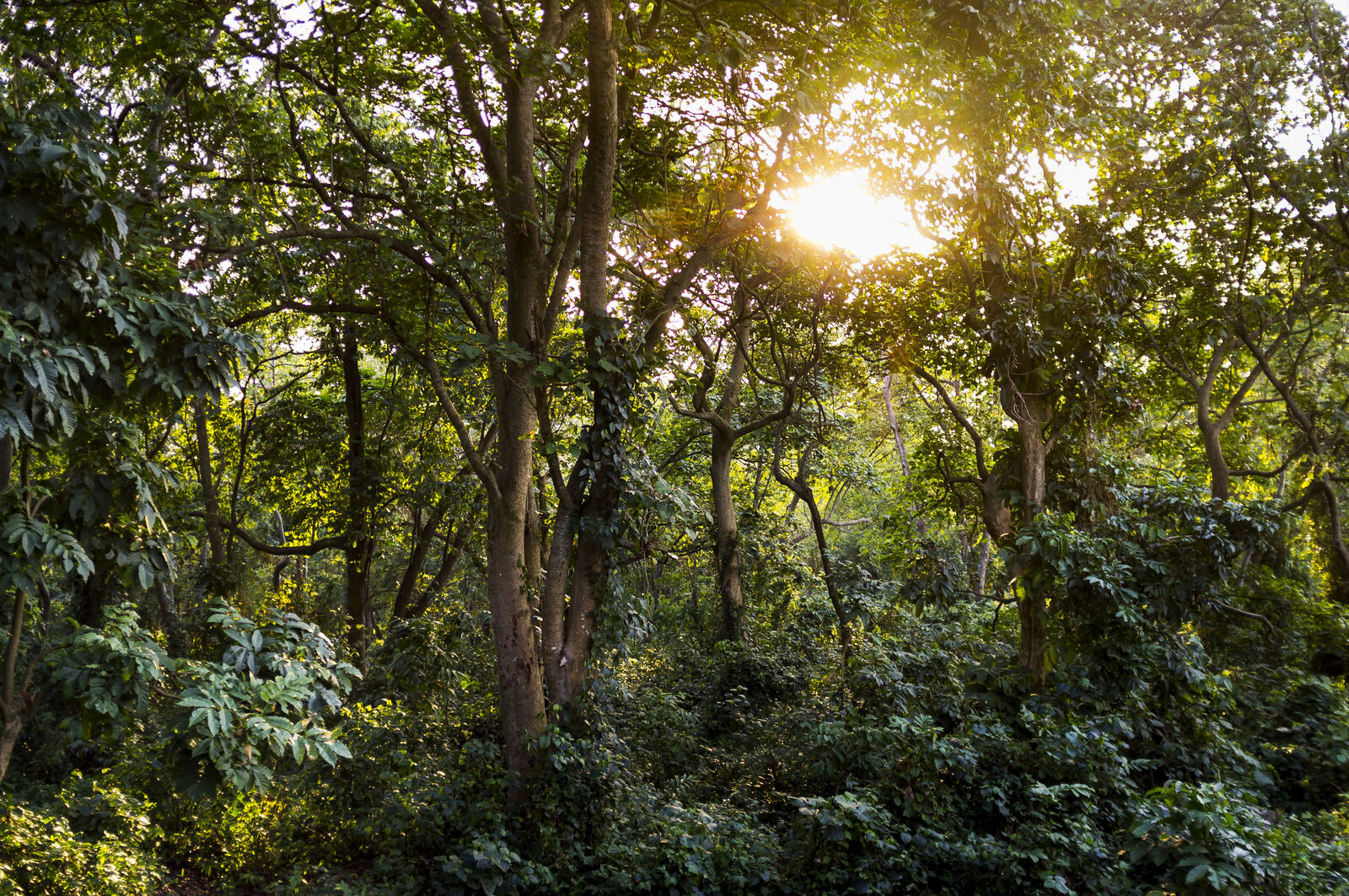
Due to their being situated in the tropical region close to the equator, tropical rainforests in Virunga National Park receive a high intensity of solar energy, powering the processes of transpiration and precipitation and producing as much as 75% of rainfall they receive. These moist environments are among the most biologically diverse of all land-based ecosystems, providing habitat for a huge range of flora and fauna in the Park.
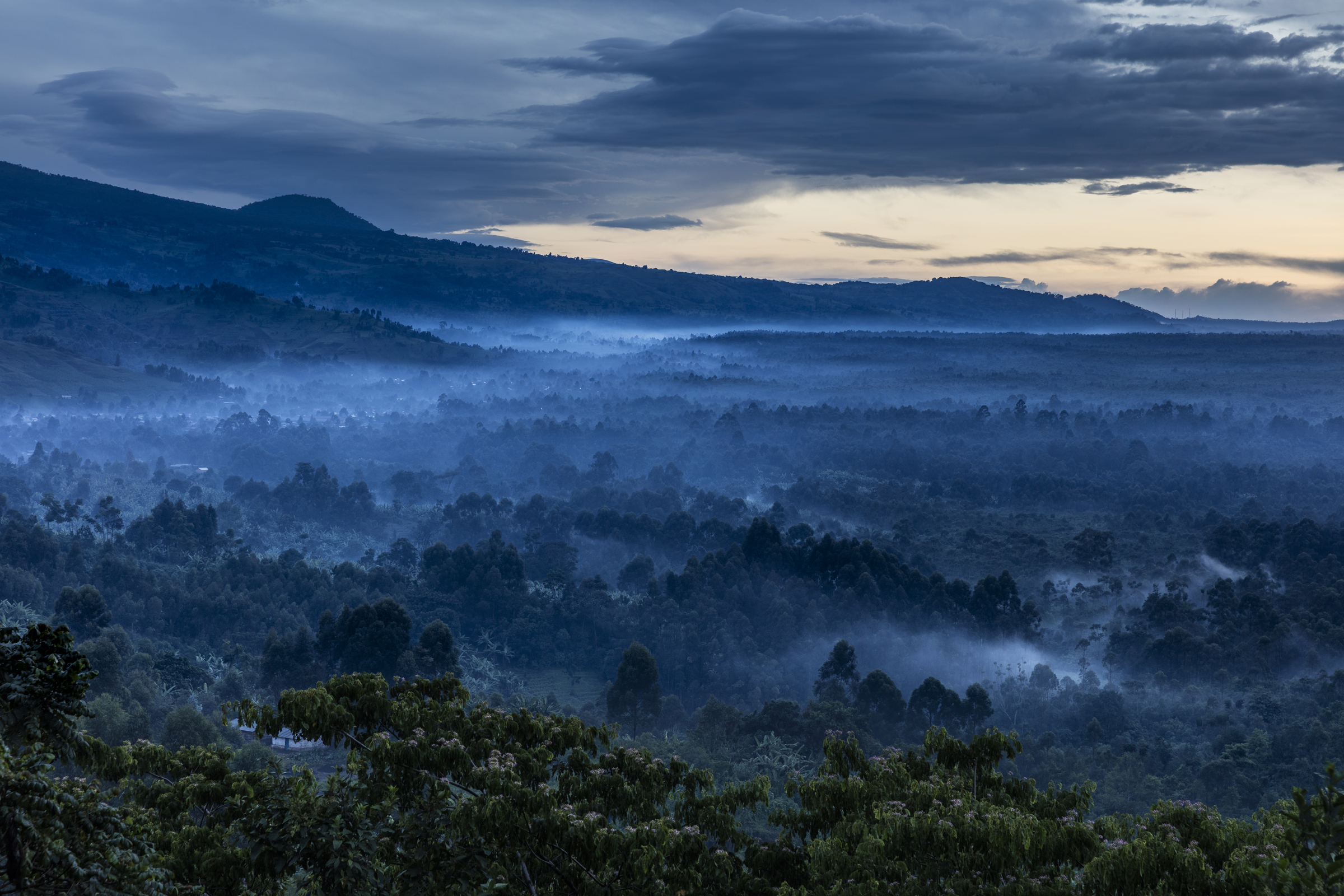
The types of forests found in the Park vary greatly, from the dense equatorial rainforest covering over half the northern sector and the montane forest blanketing the Virunga Massif in the southern sector, to the thickets around Lake Edward and on Mt. Misali; through the thick sclerophyllous forest of Euphorbia Dawei in the southwest and the gallery forests on the upper Rwindi.
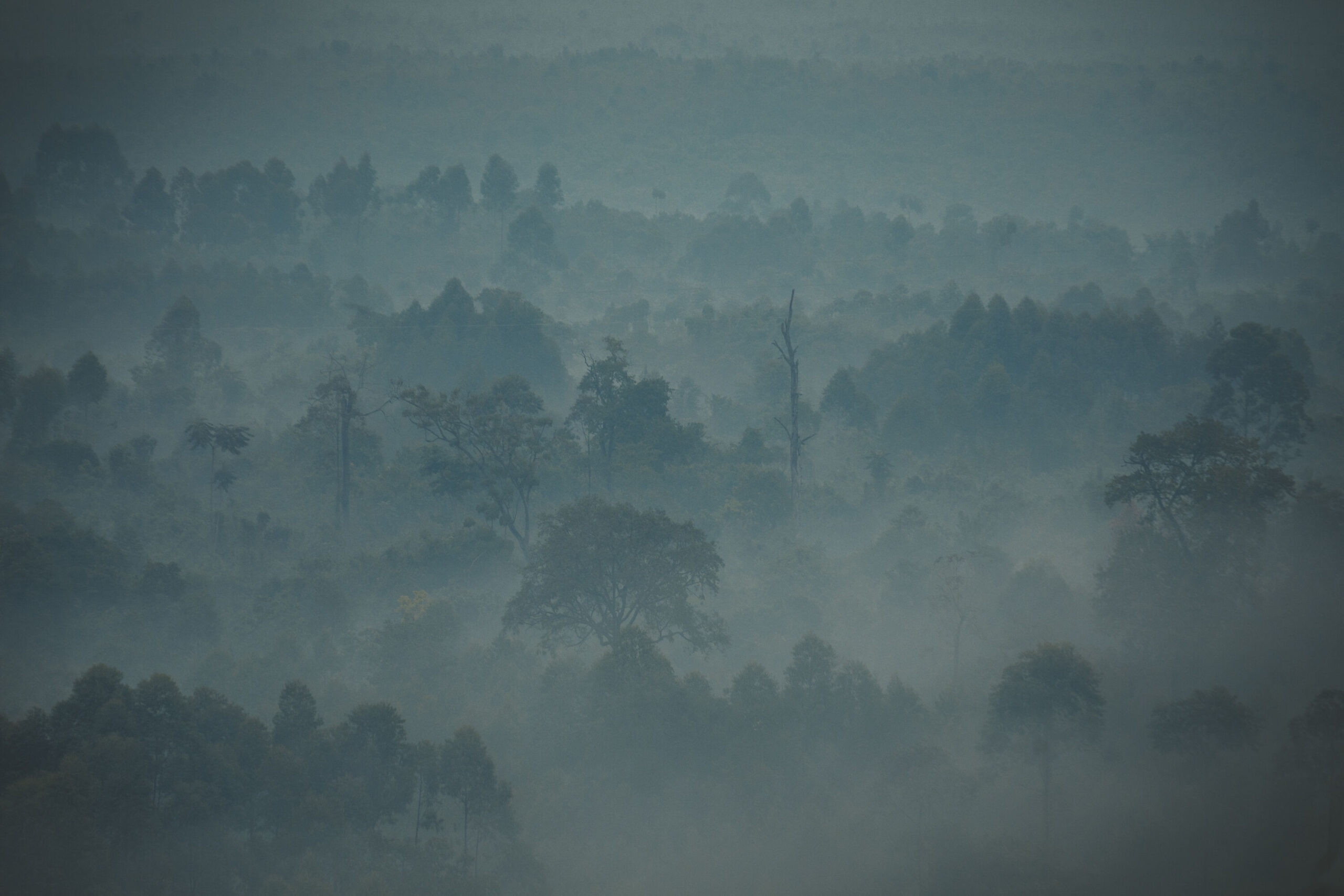
In the far north of the northern sector lies the Semuliki Forest, a protected transboundary area that stretches into Uganda, giving east Africa its only rainforest. In 2006, okapi were rediscovered in the Virunga part of the Semuliki Forest, leading to multiple detections of their presence. White-bellied duiker have also been observed in the area, a species never previously seen in Virunga National Park.
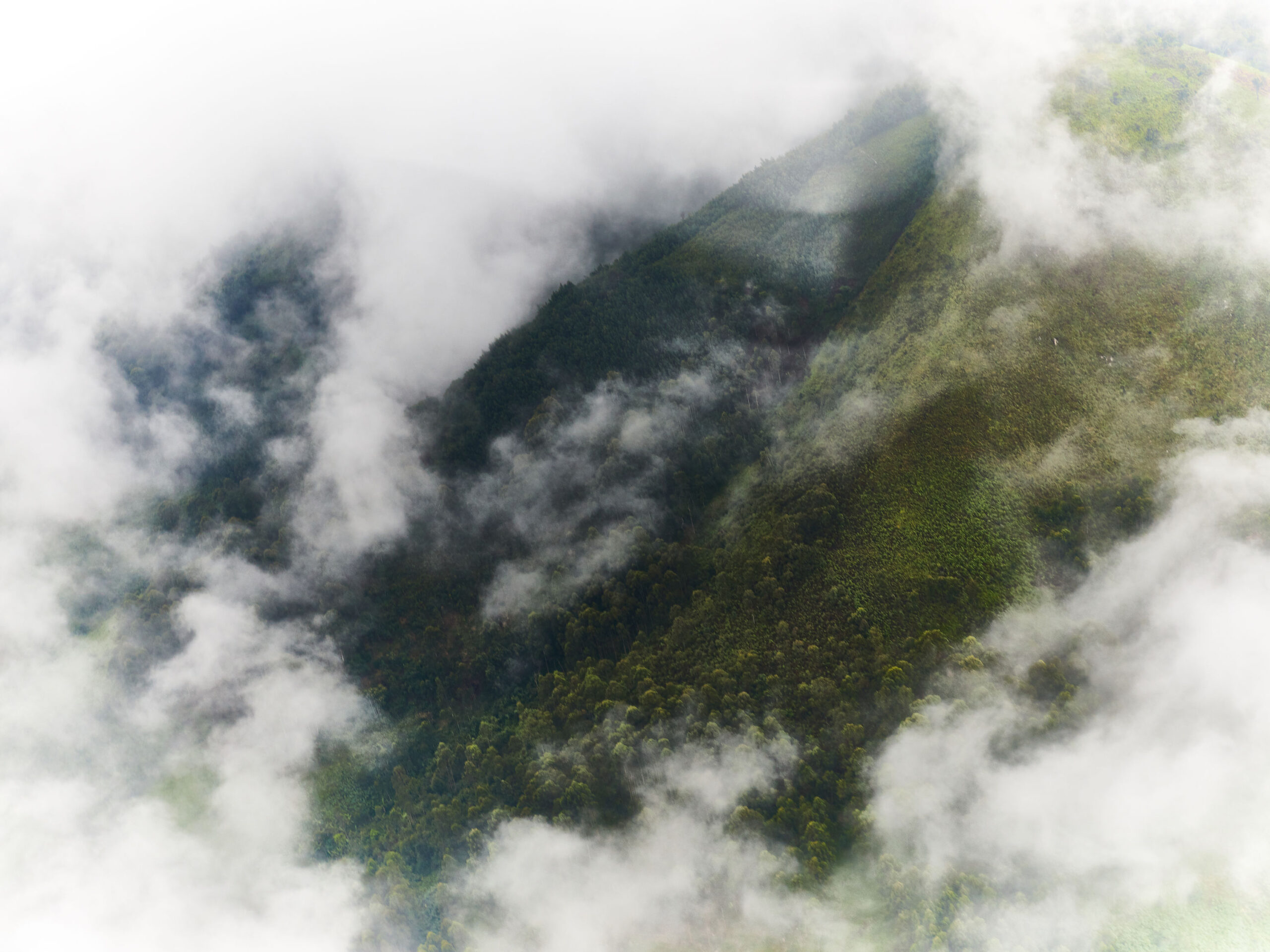
In the north-east, the difficult-to-access slopes of the Virunga Massif have helped protect the surrounding rainforest from some of the land clearance, agriculture and development that have adversely affected other forested parts of the DRC, providing a scarcely seen unbroken band of trees stretching from montane forests of the Rwenzori to the great western forests.
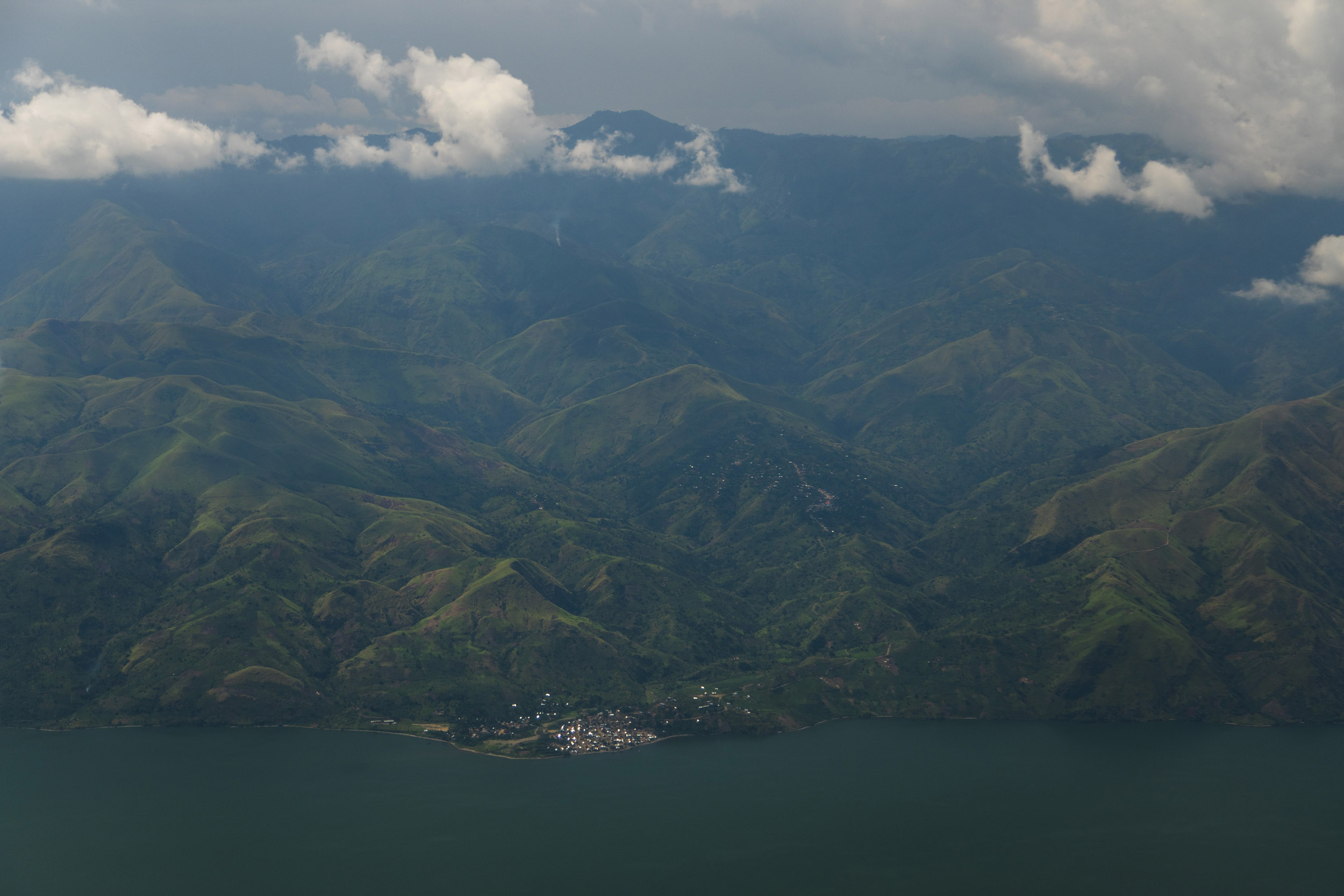
Mount Tshiaberimu, lying on the northwest shore of Lake Edward, has been surrounded by cultivation as far back as 1959. Despite this, the natural vegetation remains in a relatively healthy balance. Further up the mountain, swathes of tall bamboo grow alongside huge Podocarpus trees. The western Rift escarpment also boasts 276 species of flora and 106 species of fauna. The montane forest is linked by a narrow corridor with the lower altitude areas in the Rift valley.
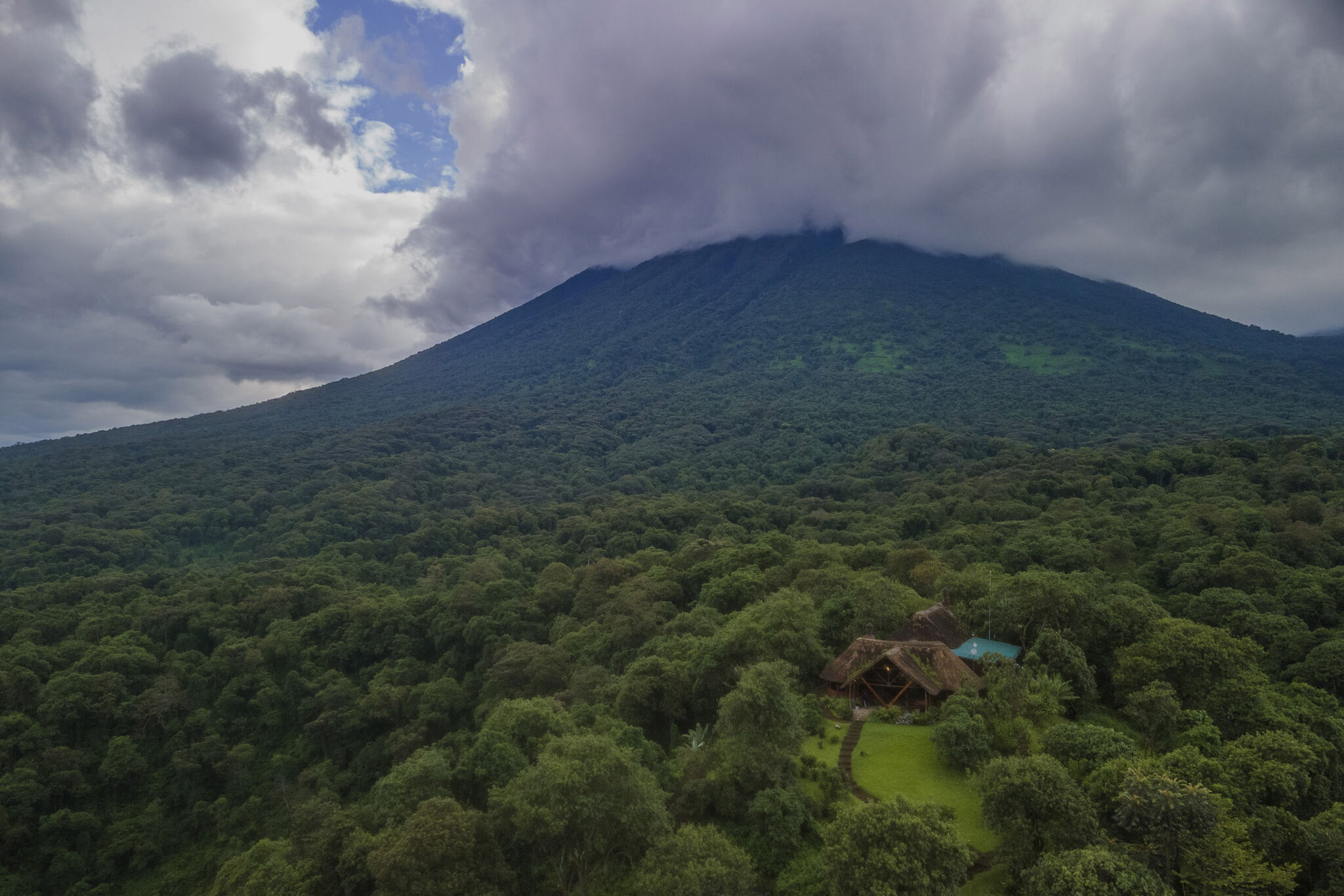
The Mahura rainforest lies close to the Park headquarters in Rumangabo and surrounds Mt Mikeno where Virunga’s entire population of mountain gorilla is found. It is also the home of many chimpanzees.
Makala production, mining, and land clearance for agriculture are the major threats to the tropical rainforests of Virunga, especially in the Mahura forest. Virunga works in collaboration with local communities to reforest areas of land where forest clearance has occurred. Together, protection and reforestation help to ensure the future of Virunga’s tropical rainforests and the network of species that depends on them.
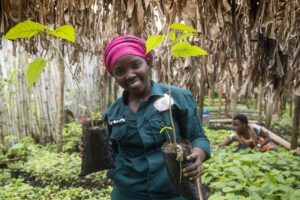
Treat yourself or a loved one with a meaningful gift that supports Virunga National Park.
Your support is crucial in empowering the Park’s 98 community trackers to continue their vital work in protecting Virunga’s mountain gorilla population
Donate Now
Every purchase protects wildlife, empowers communities, and preserves Virunga for future generations.
Shop Now
Exclusively available in Europe, Virunga Origins offers vegan chocolate, Arabica coffee, and other artisanal delicacies made in Congo, making them perfect celebration gifts.
Shop Now